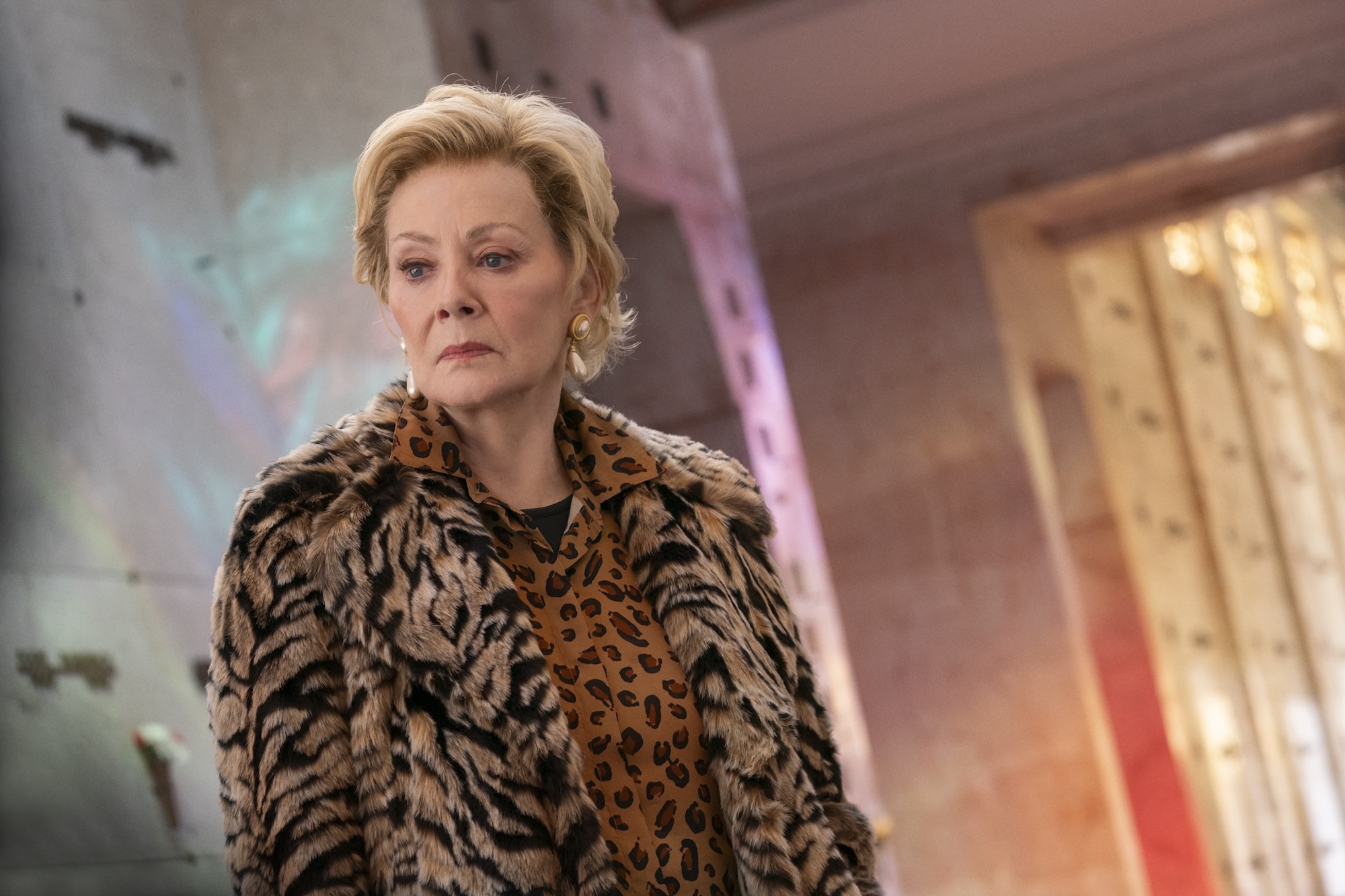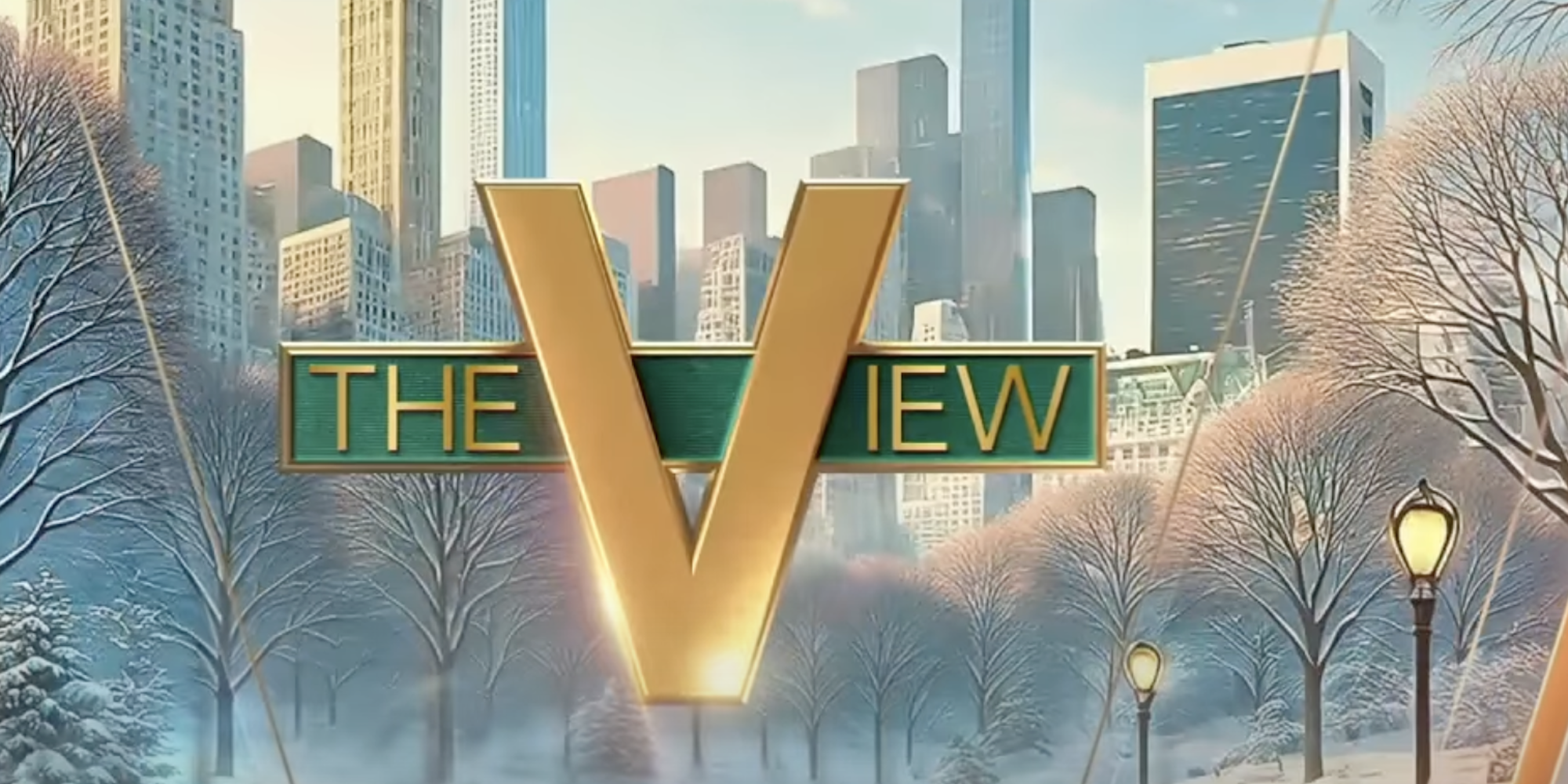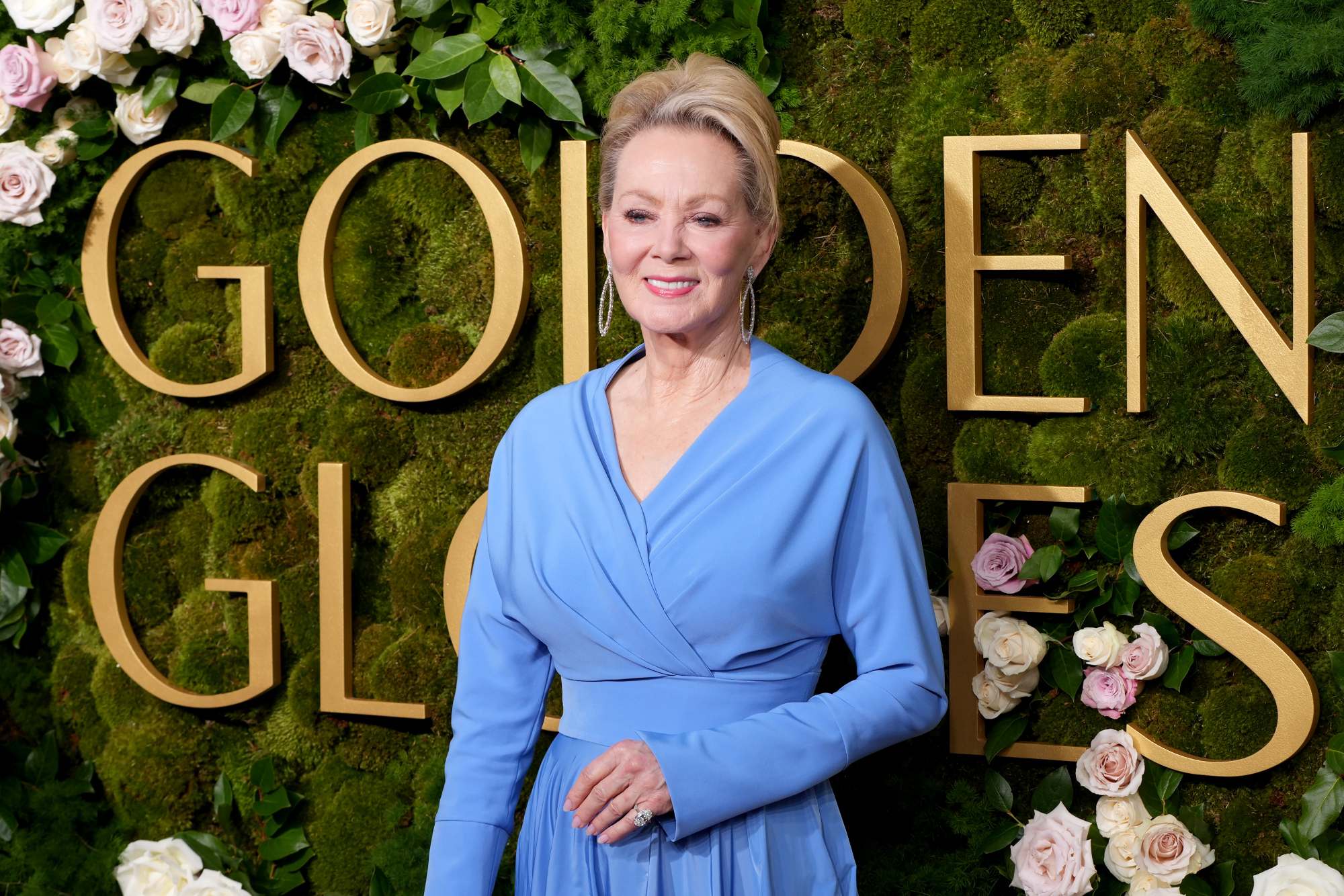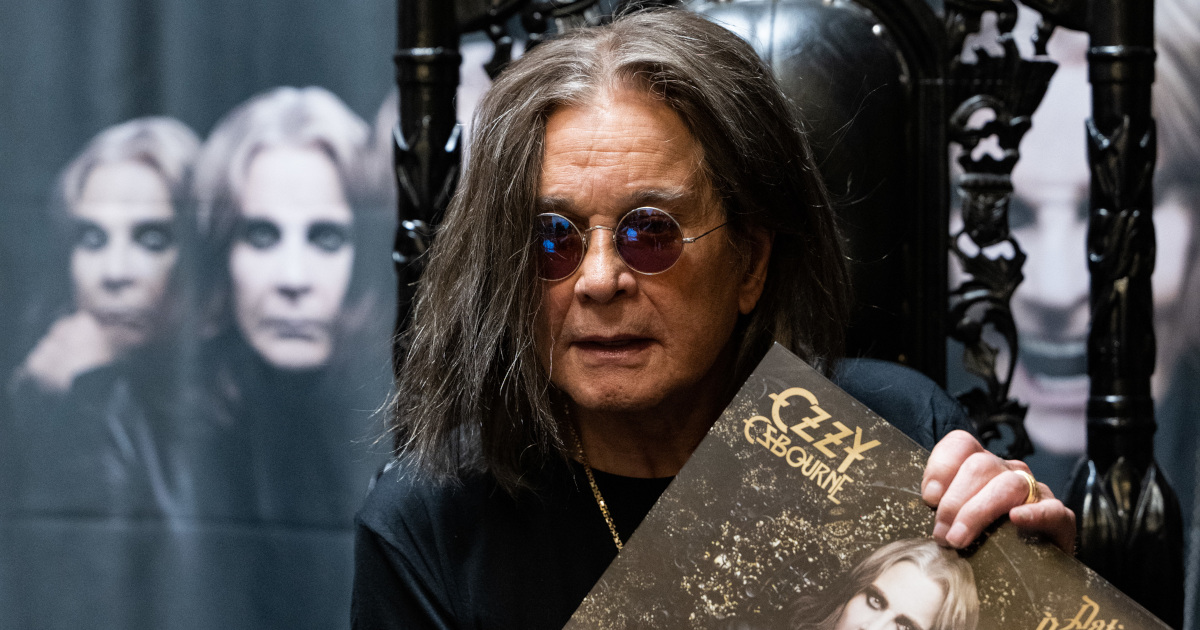Defending the End of ‘The Lord of the Rings: The Return of the King’
When Elijah Wood ran into Jack Nicholson backstage at the 2004 Golden Globes, the legendary movie star confessed to walking out of the final chapter of The Lord of the Rings trilogy. His reasoning? “Too many endings, man.”
It’s become canon. Darth Vader is Luke’s father, Rosebud was the name of a sled, and there are too many endings to The Return of the King. At the 76th Academy Awards, host Billy Crystal announced early on that the film had received “11 nominations—one for each ending.” Director Peter Jackson has long defended the decision, stating in 2018 that they were wrapping up a “12-hour movie” and that it was “appropriate to have a sort of tail to the story.” Still, when Crystal popped off this joke, everyone laughed knowingly, even as the film went on to win in every single one of its categories.
It’s bizarre baggage for such a beloved and celebrated film to carry, made even more bizarre by the fact that it doesn’t seem to have impeded The Return of the King’s cultural legacy in any way, shape, or form in the intervening years. The Lord of the Rings has become grade-A comfort food for audiences, with annual rewatches the norm among many devotees. Why do these so-called multiple endings not seem to matter so much anymore? What’s changed in 20 years?
The truth is that Jackson has ultimately been vindicated; released from the context of their initial theatrical runs, these films are no longer seen as three separate entries, but one totemic work. And the care with which the denouement says goodbye to its audience, and closes out Frodo’s story, is part of the very reason we keep coming back all these years later.
But first: the endings. The Ring is destroyed two hours and 45 minutes into the film’s three-hour-and-21-minute run time. That means barring nine minutes of end credits, there’s a full 27 minutes of wind-down. In terms of how many endings The Return of the King really has, I count five. The first comes immediately following the destruction of the Ring, when Frodo and Sam seek shelter on a rock on Mount Doom and, surrounded by lava, Frodo says to Sam, “I’m glad to be with you, Samwise Gamgee, here at the end of all things.” Fade to black.
Ending no. 2 comes after almost 10 seconds of blackness, when we fade up on Frodo and Sam being rescued by the infamous flying eagles. Frodo awakens in a white room, where he’s reunited with the Fellowship through various slow-motion glances and smiles. Sam is the last to enter the room; the two exchange a knowing look, and we fade to black again.
The third ending is Aragorn’s coronation, which concludes with him giving the famous “You bow to no one” line to Frodo, Sam, Merry, and Pippin. Certainly for a movie called The Return of the King, this would be an obvious finale. The king returned—we did it. But as Jackson stated previously, he’s wrapping up three movies, and so instead we pull out on Minas Tirith and fade to a map of Middle-earth, tracking the Fellowship’s journey back to their respective homes, finally settling on the hobbits’ return to the Shire. Within three minutes of screen time, Frodo, Merry, Pippin, and Sam share a pint at the pub; Sam locks eyes with his old flame Rosie Cotton; they get married; and Frodo makes the decision that he no longer belongs in the Shire. There’s the goodbye scene at the harbor, Frodo gets on the ship to the Grey Havens, and (after one more fade to white), we get the true, now-it’s-definitely-over ending: Sam returning home to Rosie and saying, “Well, I’m back.”
All told, it’s really not that bad, particularly considering Jackson reportedly shot even more conclusions for each of the other Fellowship members, goodbyes for Gimli and Legolas, and even Faramir and Eowyn. Before principal photography had even begun, he and his cowriters Fran Walsh and Philippa Boyens also jettisoned a lengthy section of the book where Frodo, Sam, Merry, and Pippin return to the Shire to find it turned into an industrial hellscape by Christopher Lee’s character, Saruman. (The aptly named Scouring of the Shire could’ve been an entire movie on its own.) But even I can cop to feeling a certain antsiness upon seeing the movie for the first time. That sensation can be chalked up to three factors. One, The Return of the King is just such a rousing spectacle; it’s all climax from beginning to end. There’s immense battles, a giant spider, and a ghost army! The proper climax, which cuts from Aragorn’s diversionary battle at the Black Gate to Frodo, Sam, and Gollum’s final moments at the Crack of Doom, to the destruction of the Ring and Mordor itself, reaches such a level of Biblical finality that it feels somewhat strange for the movie to carry on afterward, particularly in such a quiet register.
The second factor is what Jackson refers to as the “bladder factor.” On the audio commentary, he says, “I think a lot of people, they were getting to this point—they were wanting the film to end so they could rush out to the toilet. So the fact that it was scene after scene after scene for another 20 minutes, that possibly accentuated the whole multiple ending thing for some people.” A phenomenon exclusive to the theatrical viewing experience to be sure, but nonetheless one we might all be able to identify with. The third, and perhaps chief factor, is the liberal use of the fade to black. There’s just something about the way the film keeps going out and back in over this 20-minute section that carries with it a kind of willful insistence in not ending—a “But wait there’s more” aspect that, combined with the aforementioned bladder factor and the film’s already mammoth length, probably contributes to a feeling that this denouement has been going on for a lifetime rather than less than half an hour.
Cowriter Fran Walsh confessed on the same audio commentary that she felt they could have done more storytelling-wise to aid the audience with accepting these “multiple endings.” “Ultimately,” she says, “if the point is about the destruction of Frodo then the audience should be given that expectation. They will know then that there is more to come, but we never actually made that point.”
But in truth, they had made that point, again and again over the course of three films. In the context of The Return of the King, sure, this is a movie about the destruction of the Ring. But viewed as one story over nine hours of screen time, the series ultimately is a story about the destruction of Frodo. At the beginning of The Fellowship of the Ring, we are introduced to the awful power of the One Ring, an article of such darkness that it has corrupted generations of men before twisting an innocent hobbit into the creature Gollum. It’s a power that has already transformed the once jovial Bilbo Baggins into a dark, obsessive figure, one who feels like “butter spread over too much bread.” By the time we meet Frodo in a glowing close-up of his joyful, poreless face, the question of the films has already become, “How will the purity of this character withstand the corruption of the Ring?”
That corruption works its costly toll on Frodo over the remainder of Fellowship and into The Two Towers. By the end of The Return of the King, the Ring is so difficult to part with that it has to be wrestled out of his hands by Gollum in order to be destroyed. When Frodo says “It’s over. It’s done,” a burden has been lifted, but the damage has been done. Contending with that damage, with the ruination of this force of purity, becomes a necessary part of the conclusion of this story.
After all, the story of the Ring is ultimately also the story of three junkies: Gollum, Bilbo, and Frodo. People love to dunk on the lengthy ending of Return of the King, but the first half hour of Fellowship takes as much time with setup as Return’s coda does with closure, almost exclusively focusing on the addictive power the Ring has over Bilbo. He struggles to part with it, by turns possessive and defensive, lashing out at Gandalf venomously. When he finally drops it, it doesn’t so much fall to the ground as adhere to it, a giant weight crashing down, about to be passed from his hand to Frodo’s.
Frodo learns of this burden soon, and when he meets Gollum, his relationship is defined less by pity than by understanding. This is the kinship of two addicts bonded through mutual dependence. “You have no idea what it did to him,” Frodo says to Sam, “what it’s still doing to him.”
To spend such time on the torturous burden of this object and end with its mere destruction and the coronation of Middle-earth’s new king would be a betrayal of the audience, and of the source material. For as much as the dissolution of the Ring brings a grand finale to this epic spectacle of fantasy, it’s these last 27 minutes that hammer home the film’s principal theme: How do we move on?
The characters are constantly asking this over the course of the trilogy. “Don’t adventures ever have an end?” asks Bilbo.
“How could the world go back to the way it was when so much bad had happened?” says Samwise Gamgee.
Sam answers this with a bolt of optimism: “It’s only a passing thing,” he says. “This shadow. Even darkness must pass. A new day will come. And when the sun shines it will shine out the clearer.”
But Tolkien, and by extension Jackson, knows that is not entirely true. Every victory has a sacrifice, and for this story that means the aforementioned destruction of Frodo. His purity from Fellowship has been tested, and while he has succeeded in his mission, and the sun is indeed shining out the clearer, something has broken. “How do you pick up the threads of an old life?” he asks, wandering the halls of Bag End near the end of Return of the King. “How do you go back when in your heart, you begin to understand … there is no going back.”
This is the emotional core of the entire series. It’s not the showdown at Helm’s Deep or Gandalf facing off with the Balrog. It’s four hobbits sharing a drink at their old bar, realizing they’ll never be their carefree old selves again now that they’ve been off to war. And it’s those same four hobbits standing on a dock saying goodbye for the last time.
The scene where Frodo leaves Middle-earth is arguably the rawest, most intimate moment in the series. Yet its impact is profound, even more so when contrasted with the fire and brimstone in which Jackson envelops his audience for nine hours. Its emotional undercurrents can be projected onto any sort of farewell experience one might have in life; this is the death of a loved one, a son or daughter going off to college, a friend moving away, or a lover seeking a breakup. It’s an ending, but it’s also a beginning. It answers the question of “How will the purity of this character withstand the corruption of the Ring?” with simultaneous sadness and optimism. While Frodo cannot live anymore in the Shire, he can finally rest. His last look back at his friends is a direct mirror of his first close-up at the beginning of Fellowship; it’s the old Frodo, happy and at peace once more. At the same time, Frodo allows Sam the same peace, even as he saddens him by leaving. When Sam returns home and says to his wife, “Well, I’m back,” it’s genuine. The adventure is over. He’s finally home again.
“Lay down your sweet and weary head,” sings Annie Lennox in the closing credits song “Into the West.” The song is, of course, about Frodo and his friends—“Relax. It’s over. You’re going to be OK,” it seems to say—but it also underlines the metatextual nature of all of this. Because while these multiple endings have given us the necessary resolution of these characters’ stories, it’s also provided us with our own resolution of letting go of this tale ourselves. Embarking on a long-running, lengthy, engrossing story in any form can render its own kind of addiction. There’s sadness in the finality of an ending, and withdrawal in the aftermath. Such a protracted denouement may feel jarring in the context of one film, but viewed as the finale of a nine-hour epic, this quiet series of goodbyes has the same effect on the audience as it does on the characters: it gives closure and returns us back to the real world.
Jackson and his team spent such exhaustive energy making these films one of the cinematic high points of the 21st century. That was felt at the time of their release, but even now, the grand scope and intimate emotion is intoxicating. The Lord of the Rings trilogy is special, but these final 27 minutes cement that quality. Time has not only been kind to these films, it’s proved them even better. Three movies become one massive experience, multiple endings become one entirely necessary ending, and a filmmaker’s words from 20 years ago become vindicated.
Too bad that Jack Nicholson missed out.
Kyle Wilson is a writer who lives in Brooklyn and is happiest when he’s writing about film, television, or his insatiable obsession with Joe Pesci’s performance in The Irishman. His work has appeared at Polygon and Screen Rant and you can follow him at @icanvalk.







